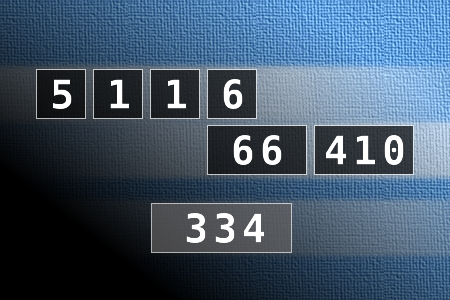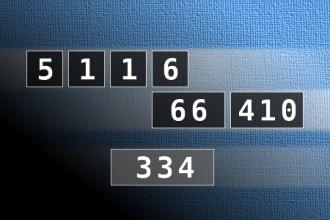Calculate the number 334
NUMBERMANIA: Calculate the number 334 using numbers [5, 1, 1, 6, 66, 410] and basic arithmetic operations (+, -, *, /). Each of the numbers can be used only once.Correct answers: 15
The first user who solved this task is Nasrin 24 T.
#brainteasers #math #numbermania

Flying On A Bad Airline
The Top 10 Signs You're Flying On A Bad Airline
- The engine's being held on by duct tape.
- You see the Gorilla from those old Samsonite commercials running loose up and down the aisles.
- In-flight movie has "Ernest" in its title.
- Pilot informs you that you're at cruising altitude and he's gonna put the top down.
- Instead of Peanuts, you get a healthy helping of SPAM.
- As you're taking off, the stewardess mentions the phrase "Guest Pilot Program"
- The seats are wet due to flotation device moisture.
- The stewardess asks you to join the Mile High Club..."she" has a beard and bigger arms than you!
- Pilot asks if there is anyone else who wants a shot of Beam before he finishes the bottle.
- You look down and see a copy of "Fixing a Plane for Dummies" by the mechanic's feet!!!

